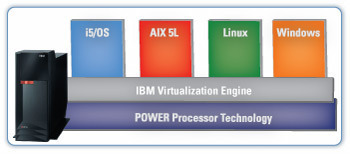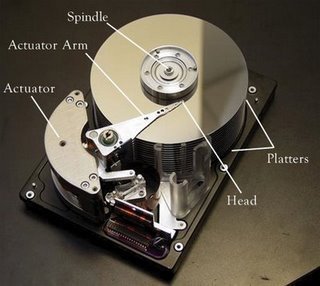LPAR (Logical Partitioning) is a way of subdividing all of a computer’s resources, including the memory, storage, and processors, and splitting them up into smaller logical units that can each be run as a separate part of the operating system (OS). In order for LPAR to be implemented, it requires the computer to have specialized hardware circuits that separate the computing system’s various functions such as server/client actions, database functions, web server functions, or different language services. LPAR also helps segregate testing from production environments on the same computer since, fundamentally, they act as separate computers.
Who Invented LPAR?
The IBM corporation invented LPAR in 1972 when it developed the concept of Hypervisors, which were virtual machines. The Start Interpretive Execution (SIE) instruction was deployed on the 3081 and was then used to help allocate system resources across LPARs in order to share physical computer resources.
How does LPAR Work?
LPAR works through the logical partitioning of hardware and software resources on a computer. Two LPARs can access memory residing on a common memory chip as long as the defined ranges of memory addresses do not overlap with each other. Central Processing Units can either be dedicated to a single LPAR or shared, depending on the machine’s configuration. The Power Hypervisor manages one or more LPAR partitions on a mainframe or other computer and acts as the virtual switch for the sub-divisions that share resources. More recently, LPAR micro-partitioning allows unused CPU resources to be pooled in order to let the sub-divisions that have the greater workload to have access to a larger amount of computer resources when required.
What are the Advantages of LPAR?
An LPAR’s biggest advantage is that it safely allows the combination of testing, production, development, and quality assurance work on the same computer server without fear of these applications interfering with each other. This lets companies save money by not having to invest in multiple high-end servers, encourages faster product development, and provides more convenience for the developers. The IBM corporation remains the industry leader in IPAR implementation, with all of their mainframes containing multiple LPAR instances when produced.




Follow Us!